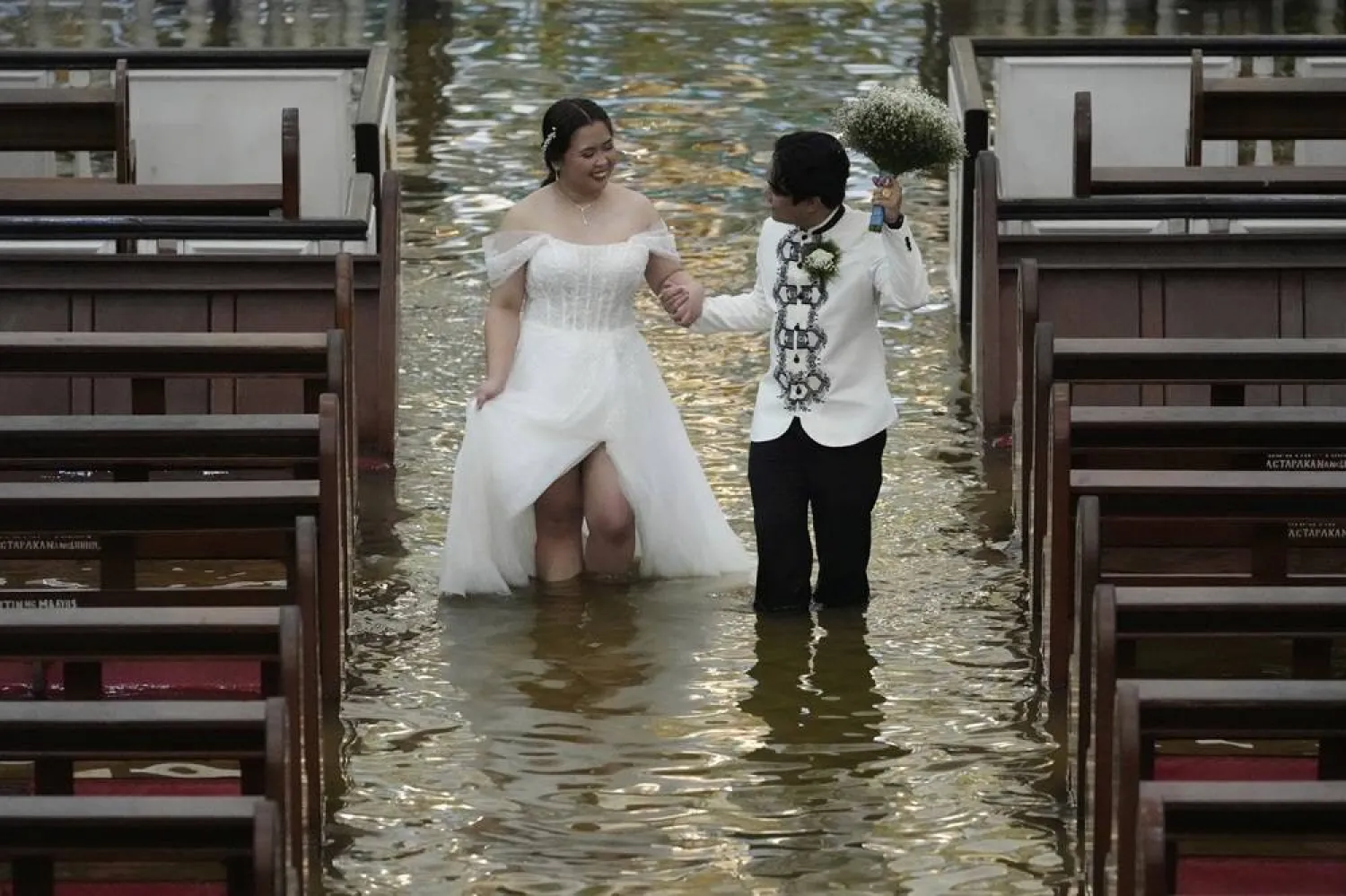A team of researchers from the Universities of Pennsylvania in the US and Almería in Spain, and AccuWeather, Inc. has developed a new computer model that can help forecasters recognize potential severe storms more quickly and accurately.
According to the German News Agency, the new computer model relies on artificial intelligence that detects rotational movements in clouds from satellite images.
When forecasting weather, meteorologists use a number of models and data sources to track shapes and movements of clouds that could indicate severe storms. However, with increasingly expanding weather data sets and looming deadlines, it is nearly impossible for them to monitor all storm formations, especially smaller-scale ones, in real time.
The Science Daily website cited Steve Wistar, senior forensic meteorologist at AccuWeather, saying that having this tool to point the eye toward potentially threatening formations could help in making a better forecast.
In their study, the researchers analyzed more than 50,000 historical weather satellite images. In them, experts identified and labeled the shape and motion of "comma-shaped" clouds that can lead to severe weather.
Then, the researchers fed the artificial intelligence system with these images, in order to teach it how to automatically recognize and detect the comma-shaped clouds in satellite images. The computers can then assist experts by pointing out in real time where to focus their attention in order to detect the onset of severe weather.
The researchers found that their method can effectively detect pre-storm clouds with 99 percent accuracy, at an average of 40 seconds per prediction. It was also able to predict 64 percent of severe weather events, outperforming other existing severe-weather detection methods.







